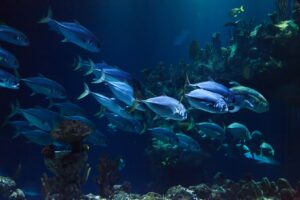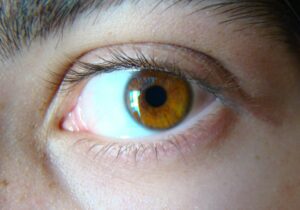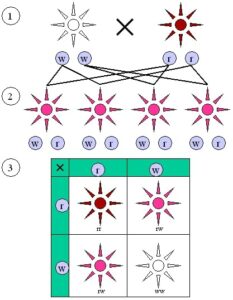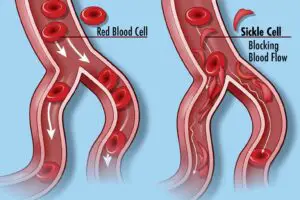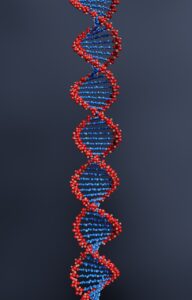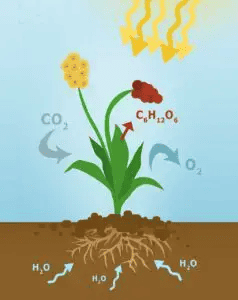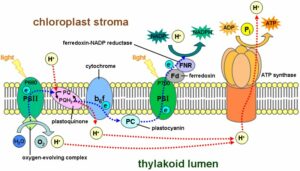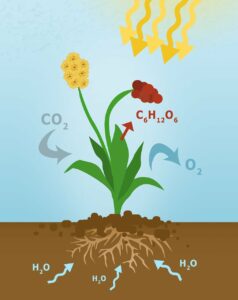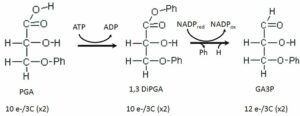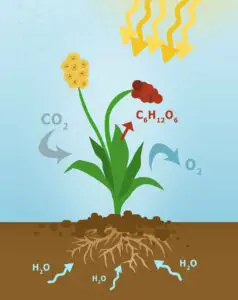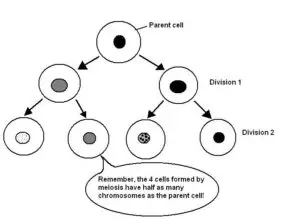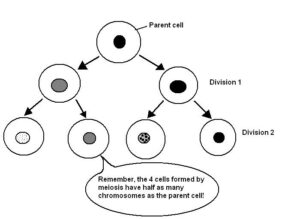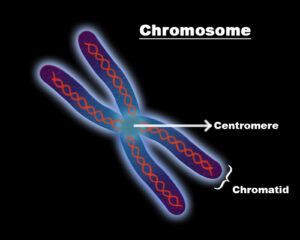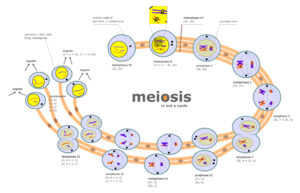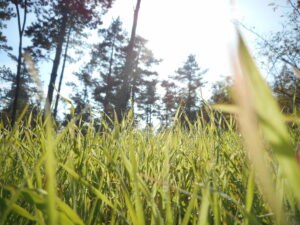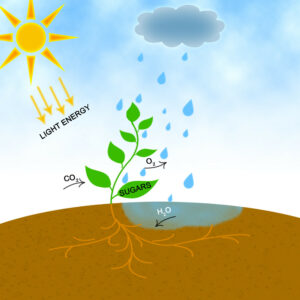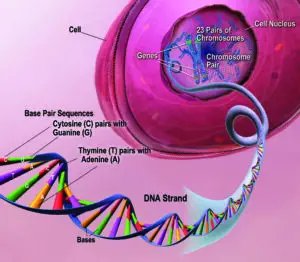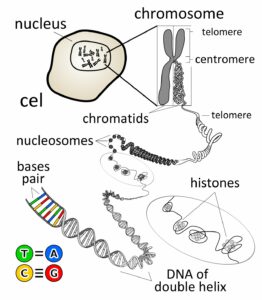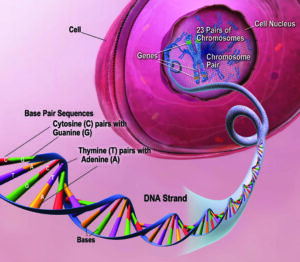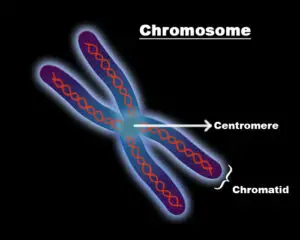Aquatic biome is the largest of all other biomes (about 75% of the earth’s surface) and a region of the biotic community that refers to the water resources- Aqua meaning Water
Here is the list of few Aquatic Biome Examples
- Freshwater aquatic biome examples- STREAM
- Freshwater aquatic biome examples- RIVER
- Freshwater aquatic biome examples- POND
- Freshwater aquatic biome examples- LAKE
- Freshwater aquatic biome examples- FRESHWATER WETLANDS
- Marine aquatic Biome examples – SALT MARSHES
- Freshwater aquatic biome examples- ESTUARY
- Marine aquatic Biome examples – MANGROVE SWAMP
- Marine aquatic Biome examples – INTERTIDAL ZONES
- Marine aquatic Biome examples -CORAL REEFS
In general water biome or the aquatic biome is of two types only which are
Based on the salinity these two have been categorized.
Aquatic Biome examples- Freshwater biome:
- The water that has less salinity or salt content or to be known for the best free of salt content, this type of the water resource is called the freshwater biome, which is generally utilized for drinking purposes.
Whereas,
Aquatic Biome examples- Marine water biome:
- The water that has more salt content or salinity falls under the marine biome category, which we already know the sea water is the best example for the marine biome.
With respect to the components that are present in the freshwater as well as the marine water almost the components present are similar in the water that is present in the earth that is in both freshwater and marine water.
But yes, there is a difference in the concentration of the components present.
Though both have the same components, the concentration of components such as sodium, magnesium, calcium, potassium, chloride, sulfur and some other ingredients are found to be higher in marine water and in less amount in freshwater.
Approximately, the freshwater has less than 1% salt content in them.
Now we will detailly look into the aquatic biome example.
We already saw that, in general water biomes or the aquatic biome is of two types ( Freshwater biome, Marine water biome) but they subdivided into many, this article is completely on the subdivision of the aquatic biome example.
Freshwater aquatic biome examples- STREAM:
- Streams are the water resources that are often misunderstood as rivers.
- Streams are under freshwater biomes.
- Rivers are called the larger streams.
- Streams are usually shallow rivers yet aggressive.
- Streams are the ideal water resources for drinking water, crop irrigation and also the wash away waste due to the shallow nature and also the water in the stream aids in generating the electricity which is called the hydropower
- Hydro- water; power- electric current.
- Streams are also called the lotic system.
- The plants present in the streams are Hydrilla (Hydrilla verticillata), cattail (Typa latifolia), bladderwort (Utricularia macrorhiza), Dwarf spikerush (Eleocharis parvula), Common waterweed (Egeria densa), Pond weed (Potamogeton crispus L), Eel-grass (Zostera L.), Hornwort (Ceratophyllum demersumis), Vallisneria.
- The animals present in the streams are freshwater mussels, crayfish, larval insects, snakes, lizards, salamanders, and frogs.
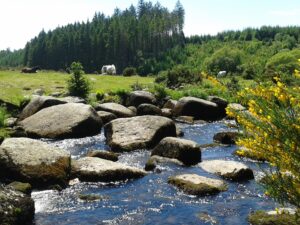
Image credits- Pixabay
Freshwater aquatic biome examples- RIVER:
- Rivers are the largest streams.
- River is under freshwater biomes.
- Their features are quite similar to the streams.
- The plants present in the streams are Hydrilla (Hydrilla verticillata), cattail (Typa latifolia), bladderwort (Utricularia macrorhiza), Dwarf spikerush (Eleocharis parvula), Common waterweed (Egeria densa), Pond weed (Potamogeton crispus L), Eel-grass (Zostera L.), Hornwort (Ceratophyllum demersumis), Vallisneria.
- The animals present in the rivers are American Alligators, Blue Crabs, Amazon River Dolphins, American Eels, Diving Bell Spiders, Red-Eared Slider Turtles, Belted Crayfish, River Otters, Brazos Water Snakes, Chain Pickerel, Blue Catfish, River Frogs, Eurasian Beavers, Diving Ducks, River Dragonflies.

Image Credits- Pixabay
Freshwater aquatic biome examples- POND:
- A Pond is a region which is filled with standing or stagnant water and vegetation takes place here.
- Pond loses water during the evaporation process.
- Due to the evaporation process, most of the time it remains dry.
- The plants in the ponds are Water Poppies, Dwarf Cattails, Corkscrew Rush, Moneywort, Yellow Iris, Thalia, Water Hyacinth, Water Lettuce, Water Lillies, Lotus, Cabomba.
- The animals in the ponds are 3-Spined Stickleback, American Toad, Beavers, Blackbirds, Caddisflies, Canada Geese, Catfish, Dragonflies, Earthworms, Frogs, Herons, Kingfishers, Koi Fish, Largemouth Bass, Leech, Mallard Duck, Mayflies, Minnows, Moles, Muskrats, Newt, Otters, Yellow Perch, Pond Skaters (aka Water Striders), Pond snail, Salamanders, Sculpin, Snapping Turtle, Ramshorn Snail, Tadpoles, Water Beetles, Water Scorpion, Water Shrew.
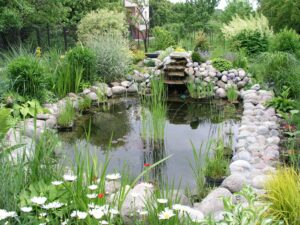
Image credits- Wikimedia
Freshwater aquatic biome examples- LAKE:
- Lake is a small depression in which it is water filled and not linked to an ocean.
- Lake is under freshwater biomes.
- Lakes are categories on the basis of nutrients and sediment accumulation. They are Oligotrophic, Eutrophic, Mesotrophic.
- Few plants present in the lake aquatic biome are Duckweed, Watermeal, Water Hyacinth, Water Lettuce, Milfoil, Hydrillia, Curly-Leaf Pondweed.

Image credits- Flickr
Freshwater aquatic biome examples- FRESHWATER WETLANDS:
- Freshwater wetlands develop in a region or a spot where there is standing water and the fertility of the soil is relatively low.
- There are usually 4 types of freshwater wetlands, they are Ponds, Marshes, Swamps, and Peat bogs.
- A Pond is a region which is filled with standing or stagnant water and vegetation takes place here.
- A Marsh is usually located near a river biome.
- Swamps can support well defined trees, tall shrubs, herbs and mosses.
- A Peat bog is a not well drained area that is covered by moss.
Marine aquatic Biome examples – SALT MARSHES:
- Salt Marsh is similar to the freshwater marsh but here the water that is situated in this location is salt water not freshwater.
- The plants that grow in the salt marsh are Saltgrass, Saltmarsh Bulrush, Saltwort, Woody Glasswort, Beach Tea.
- The animals that dwell in salt marshes are Blue Crab, Stone Crab, Hermit Crab, Mud Crab, Fiddler Crab, Horn Shell, Mussel, Grass Shrimp, American Eel, Gulf Killifish, Mosquitofish.
Read More on Difference between animal and plant cell chromosomes: Comparative analysis on structure, function and facts
Freshwater aquatic biome examples- ESTUARY:
- Estuary is a junction that is situated in the mouth of the river and it remains the spot where it gets connected to the ocean or the sea.
- The plants that are present in the estuary are Douglas Aster, Eelgrass, Fathen Saltbrush, Gumweed, Pickleweed, Red Algae, Saltgrass, Sea Lettuce.
- Other creatures present in the estuary are American Coot, American Wigeon, Black-bellied Plover, Black Brant,, Bald Eagle, Canada Goose ,Caspian Tern, Common Goldeneye, Dunlin, Great-blue Heron, Greater Yellowlegs, Lesser, Yellowlegs, Peregrine Falcon, Red-breasted Merganser, Western Gull, Western Sandpiper, Harbor Seal, River Otter, Bent-nosed Clam, Blood Star, Brooding Sea Anemone, Bubble Shell, Dungeness Crab, Hermit Crab, Hooded Nudibranch, Lugworm, Mud Shrimp, Native Littleneck Clam, Opalescent Nudibranch, Orange Striped, Jellyfish, Purple Shore Crab, Scallop, Skeleton Shrimp, Stalked Jellyfish, Sunflower Star, Bay Pipefish, Chinook Salmon, Chum Salmon, Cutthroat Trout, Pacific Sculpin, Shiner Perch, Starry Flounder, Damsel Fly, Green Darner.
Marine aquatic Biome examples – MANGROVE SWAMP:
- Mangroves are a salty region which is situated in the tropical and subtropical region.
- The living creatures in mangroves are Barnacles, oysters, mussels, sponges, worms, snails and small fish, crabs, jellyfish and juvenile snappers, jacks, red drums, sea trout, tarpon, sea bass, snook, sea bass.
Marine aquatic Biome examples – INTERTIDAL ZONES:
- Intertidal zone is an interesting region in the ocean where the high tide and low tide meet.
- The plants in this region are seaweed, sea lettuce, sea palms, and green algae.
- The animals in this region are anemones, barnacles, chitons, crabs, green algae, isopods, limpets, mussels, sea lettuce, sea palms, sea stars, snails, sponges, and whelks.
Read More on Nucleotide Excision Repair and Single Nucleotide Polymorphism | An Important discussion
Marine aquatic Biome examples -CORAL REEFS:
- A calcium carbonate rich region in the underwater ocean which has a lot of corals.
- Plants in the coral reef region are zooxanthellae, algae and seagrasses
- The animals in this region are Fish, corals, lobsters, clams, seahorses, sponges, and sea turtles
Also Read:


